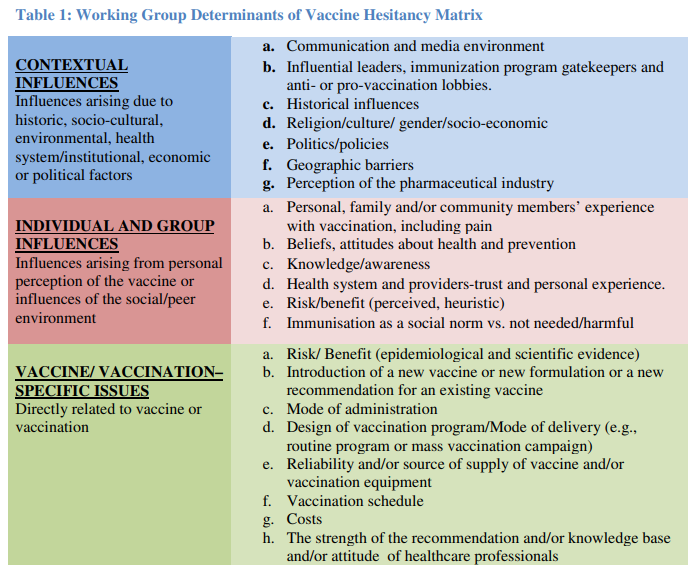The Turnstone: talking about vaccines #2
More context about vaccine hesitancy
Welcome to The Turnstone: talking about vaccines. This newsletter contains resources to help you have kind and non-judgemental conversations with people who are uncertain about, or opposed to, vaccination. Today, I share more about vaccine hesitancy.
For those of us who want to see as many people as possible protected by vaccination, it's easy to get frustrated by anti-vaccine messages and people who hold those views. But this frustration can be counter-productive. It can affect the way we communicate with people. Discussions become more easily polarised.
To help counter the frustration, I find it useful to have information that puts vaccine hesitancy and vaccine opposition into context. Today's resources give more perspective on opposition to vaccination. They expand on the first two resources that I sent on Monday.
Quick read (6 minutes)
The following article gives an interesting historical perspective on opposition to vaccination. It shows that many of the arguments we are seeing today are not new.
Complacency, Convenience, Confidence: The History of Vaccine Hesitancy - Science Museum Blog
Video (19 minutes)
In the following video, Heidi Larson of the Vaccine Confidence Project gives more information about vaccine hesitancy around the world. The whole video is over an hour long, but the talk from Heidi Larson runs from 4 minutes to 23 minutes.
Vaccination: Moving Forward with Confidence
In-depth
The following article (20 minute read) is a case study about the Nigerian vaccine boycott of 2003. It explains the context for the boycott and how it was overcome. It's written as an academic paper, but tells a fascinating story, especially the solutions.
Ayodele Jegede - what led to the Nigerian boycott of polio vaccination?
The report from the World Health Organisation's advisory group on vaccine hesitancy is heavy going (and 64 pages), but it has some useful information. As well as the 3Cs model (confidence, complacency and convenience), the report gives another model for understanding vaccine hesitancy. It's not as simple as the 3Cs, but it is worth looking at. I have reproduced this second model here.
On Friday, I will be talking more about what works to improve vaccine uptake, both in general and in our personal conversations.
If you would like future information emailed directly to you, you can sign up below.
I’d love to hear what you think of these resources. Let me know what you found most interesting or useful in the comment box below.







